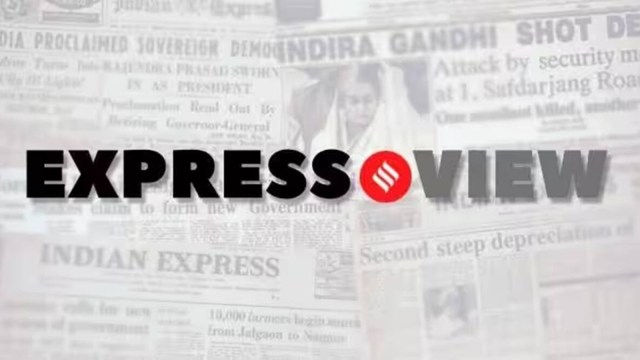
The Centre has done the right thing in asking state governments to step up surveillance for the HMPV virus. The pathogen is not new. It was first detected in the Netherlands more than 20 years ago and regularly surfaces during the winter months. In several developed countries, HMPV is the second-most frequently detected virus among infants. In India, regular laboratory tests to detect this virus are not conducted. However, studies by the ICMR and other medical research agencies indicate that it is among the common flu pathogens. Reports of increasing hospitalisation because of HMPV infections in China this year have, however, sparked concern, especially because the world has just recovered from the Covid pandemic. The Union Health Ministry has done well to allay fears. At the same time, it has advised basic precautionary measures — wearing masks, avoiding close contact with people exhibiting flu-like symptoms and washing hands regularly. It’s now on state and local authorities in different parts of the country to take this information to all sections of people
The government has also asked the more vulnerable — children under five, senior citizens and patients with chronic respiratory conditions — to be extra careful. This, too, is the right step because first time HMPV infections are usually most serious among this section of patients. Symptoms may turn severe when the infection progresses to the lower respiratory tract and aggravates the condition of patients with a history of asthma, COPD and bronchitis — chronic diseases on the rise in the country. In most cases, however, an HMPV infection is self-limiting and can be cured by addressing the symptoms, good nutrition and adequate hydration.